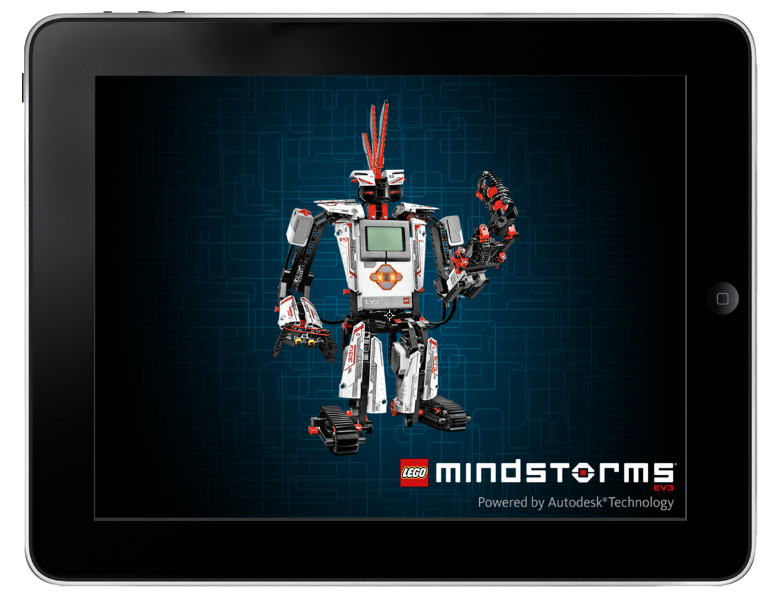
Start Screen for LEGO Mindstorm mobile application. I was the lead experience designer working with a globally dispersed team. We leveraged the power of Agile development cycles to drive efficiency and speed into our creation process.
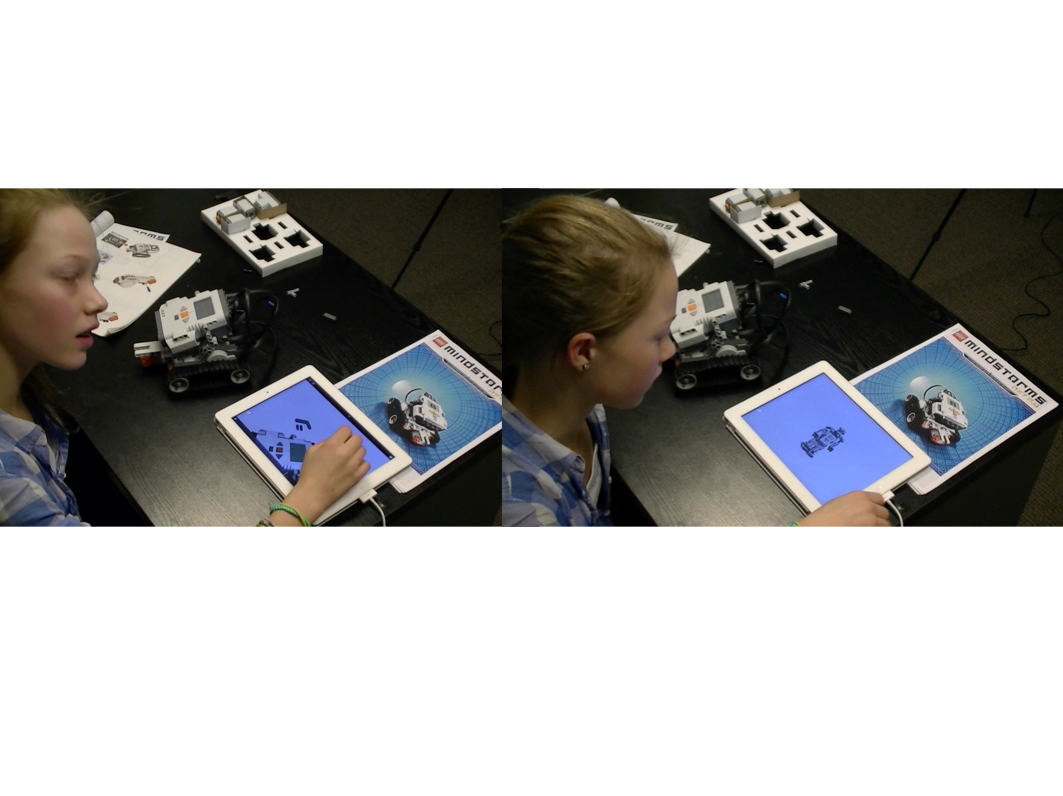
Research and user testing was an integral part of the design process. Testing was done with high fidelity mockup and paper prototypes. Insights and findings were captured by a note taker and all sessions were recorded with sound and video for subsequent team share-outs and analysis.
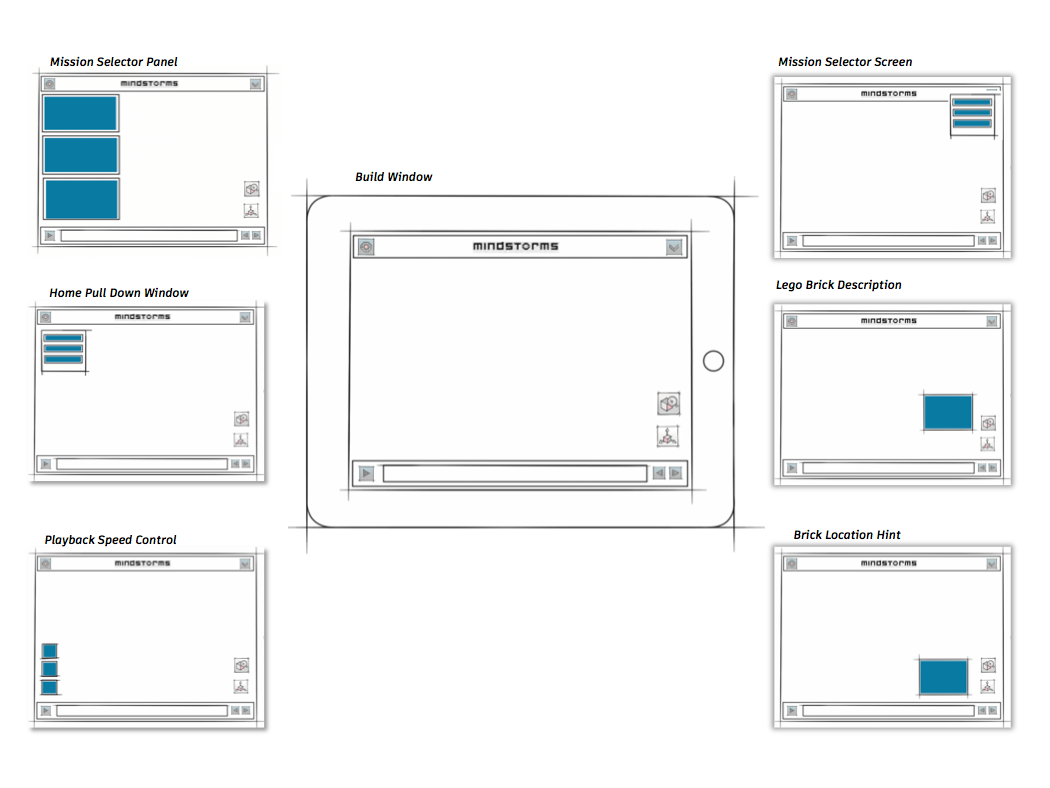
After every engagement session, I rapidly transferred insights and findings into visual artifacts used to communicate with stakeholders and validate alignment with project objectives.
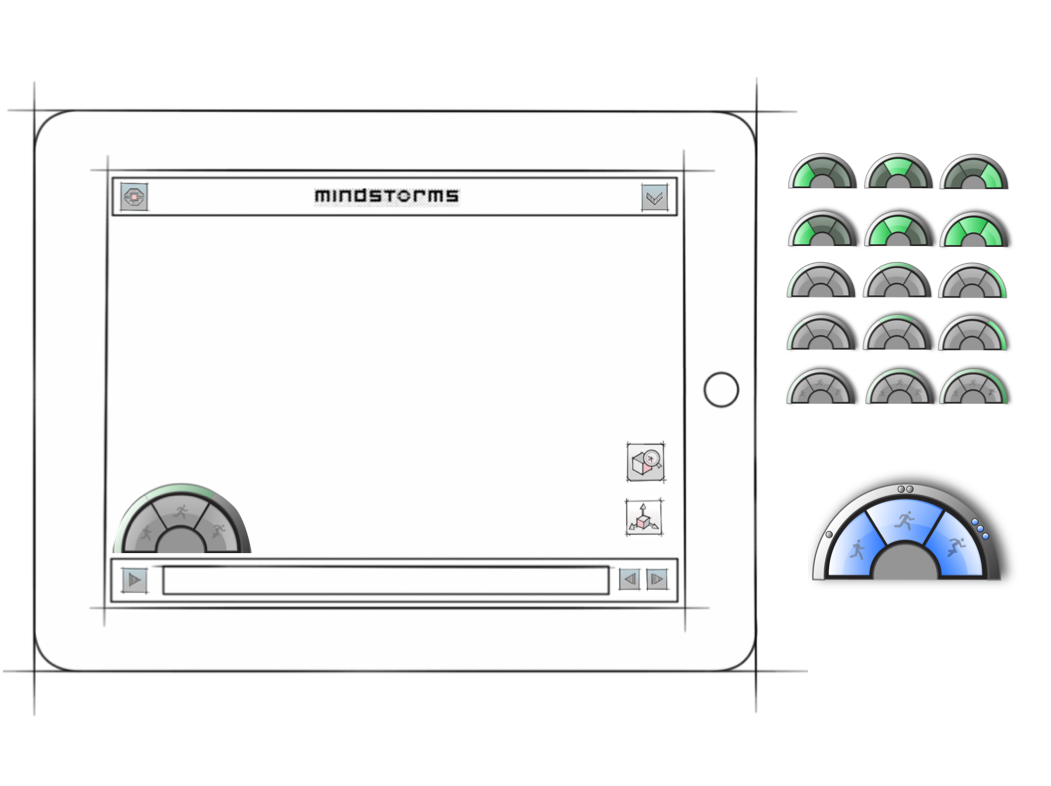
Engagement sessions identified that users were having difficulties keeping up with the building speed, which forced them to press the pause button frequently. As a solution, I introduced speed controllers for playback where users could fine-tune the playback speed to meet their skill level.
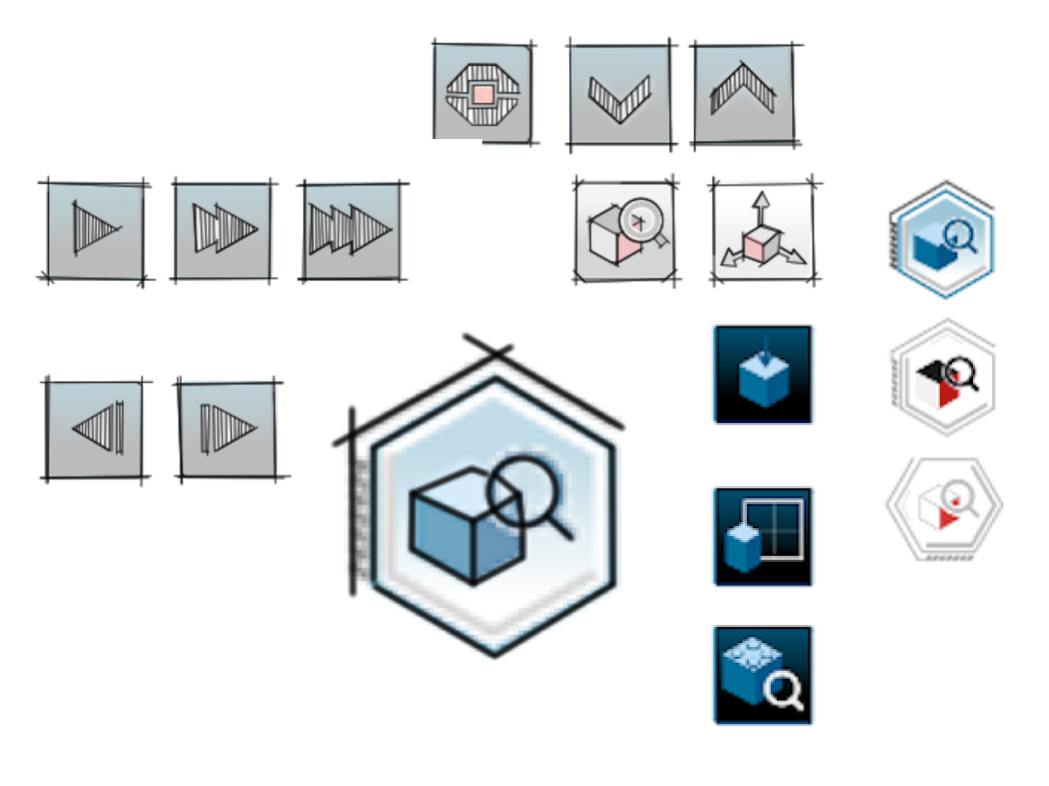
Throughout the entire design process I aided the development team by creating rough visual language for custom icons that were then used to drive the final outsourced versions.
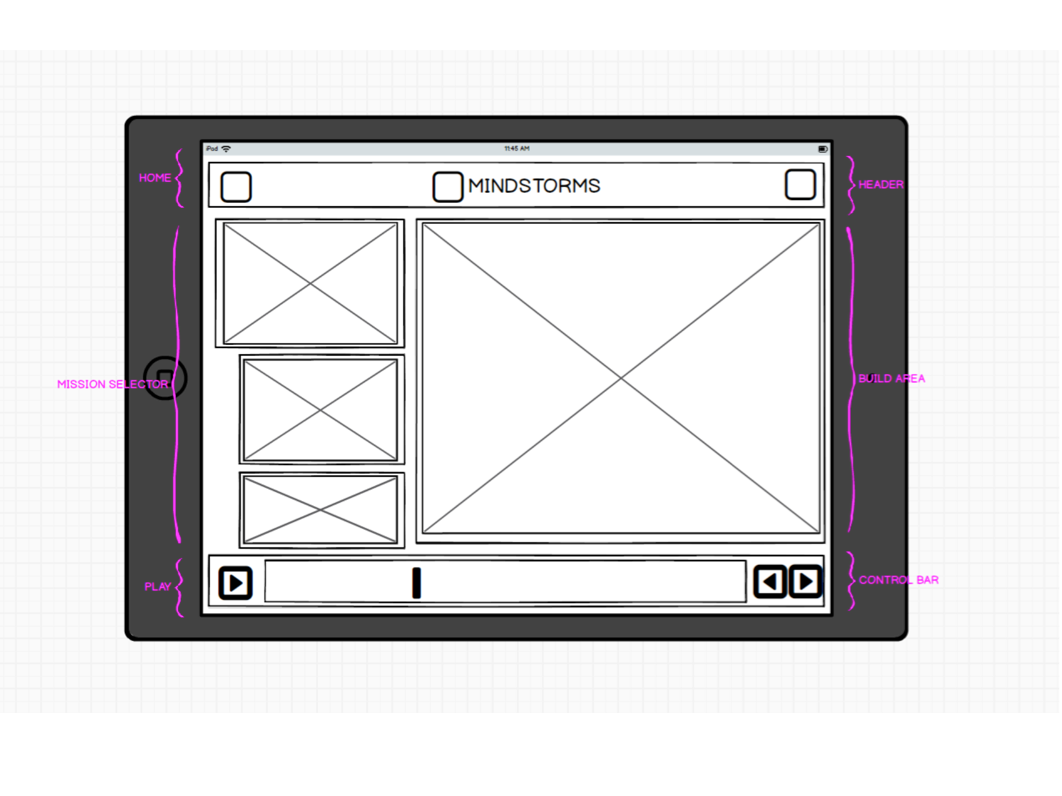
Working in collaboration with the project architect, I defined all the necessary visual elements that would need to be created such as toolbars, footers, link pulldowns and mission selectors.
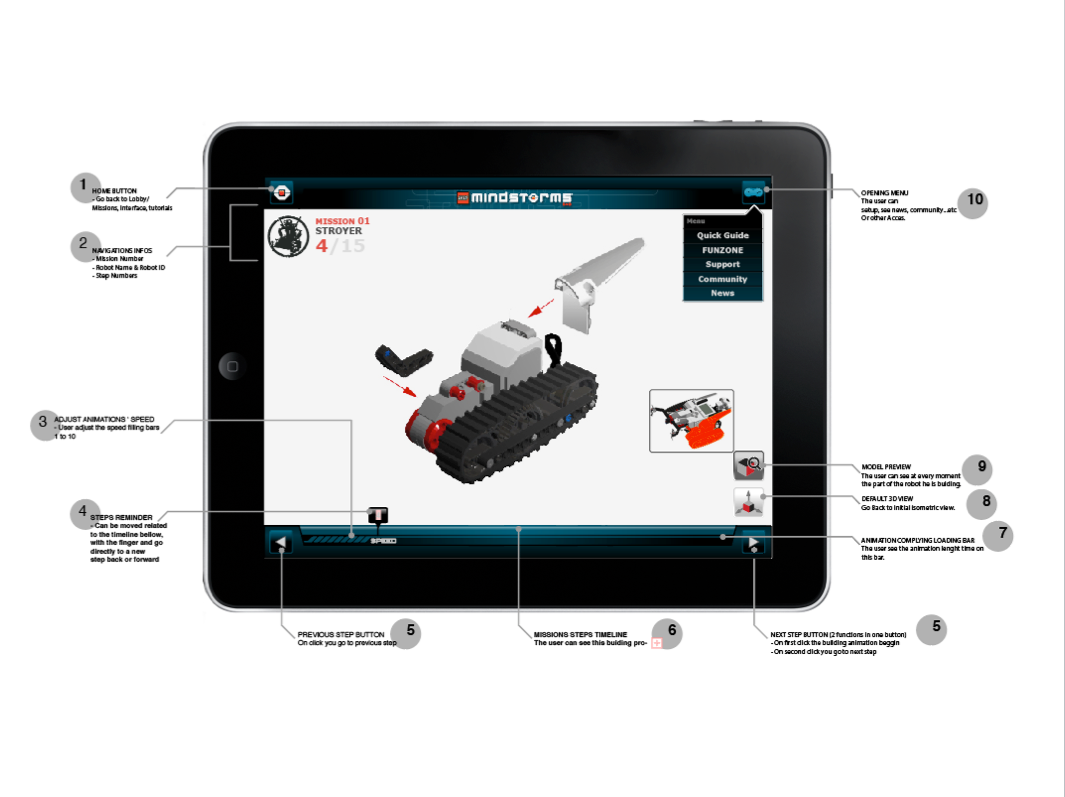
In parallel with application development, I created and managed all cosmetic and functional standards documents.
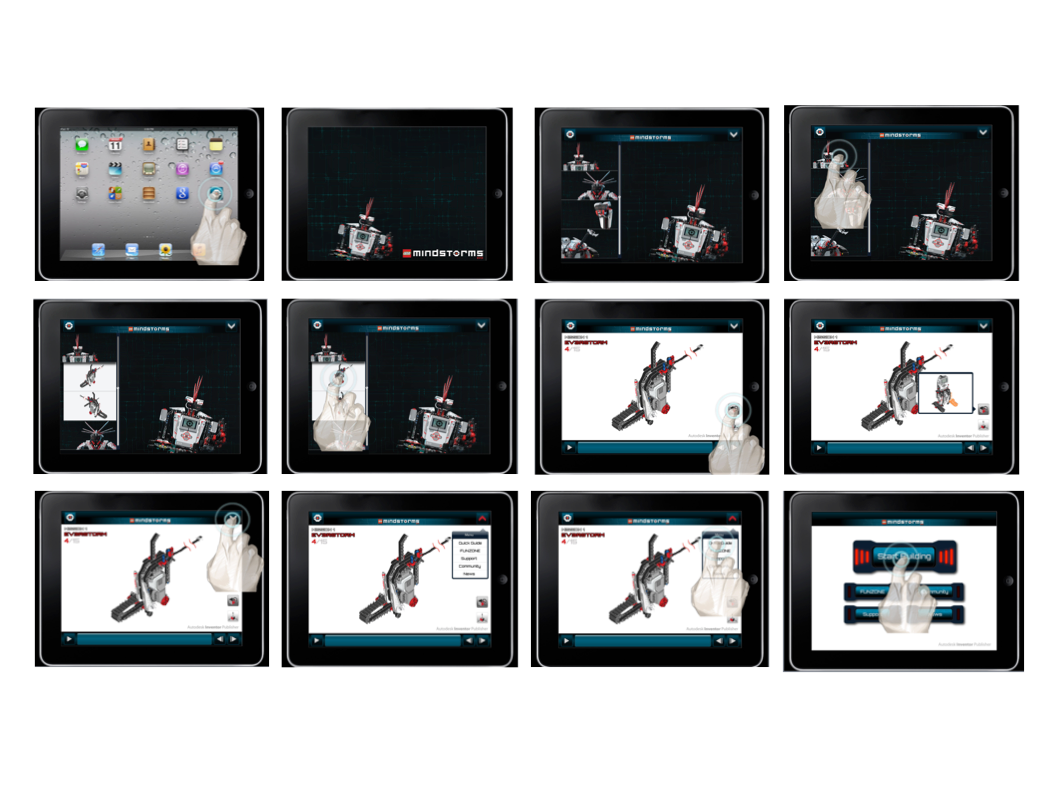
Modeling steps were storyboarded using photoshop and Illustrator. Multiple variations were created with the goal of minimizing the amount of hand gesturing, swipe navigation and page changes needed to accomplish a mission.
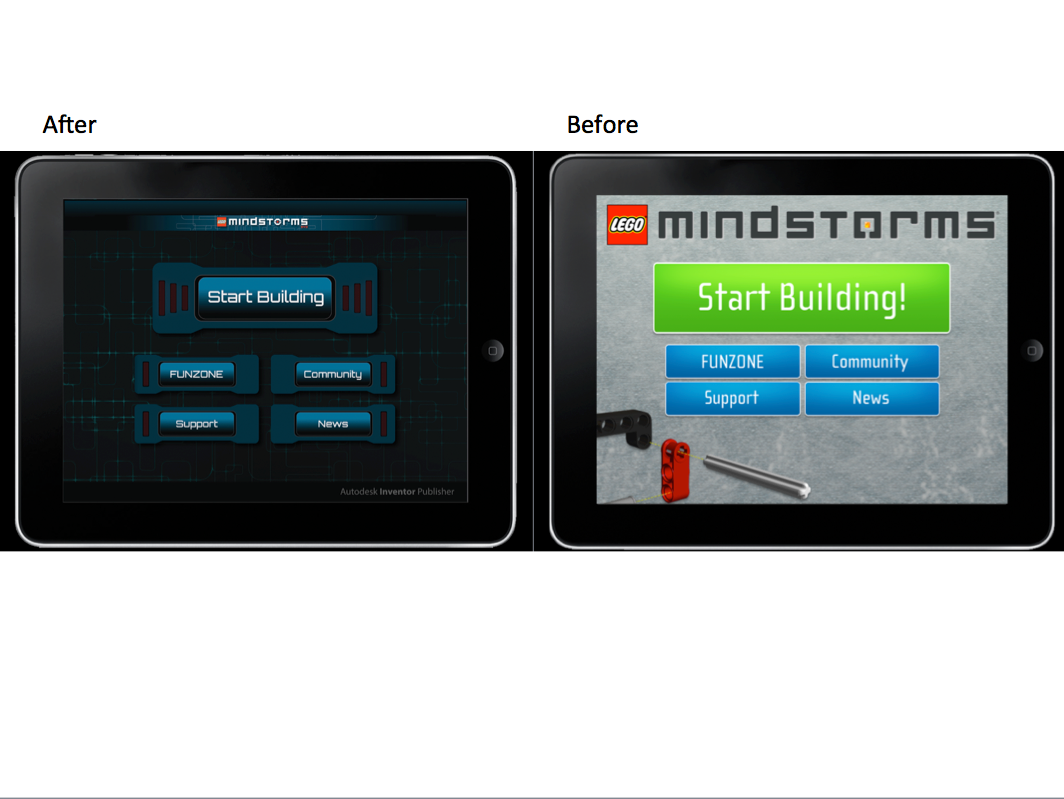
Before and after look and feel of the user interface.
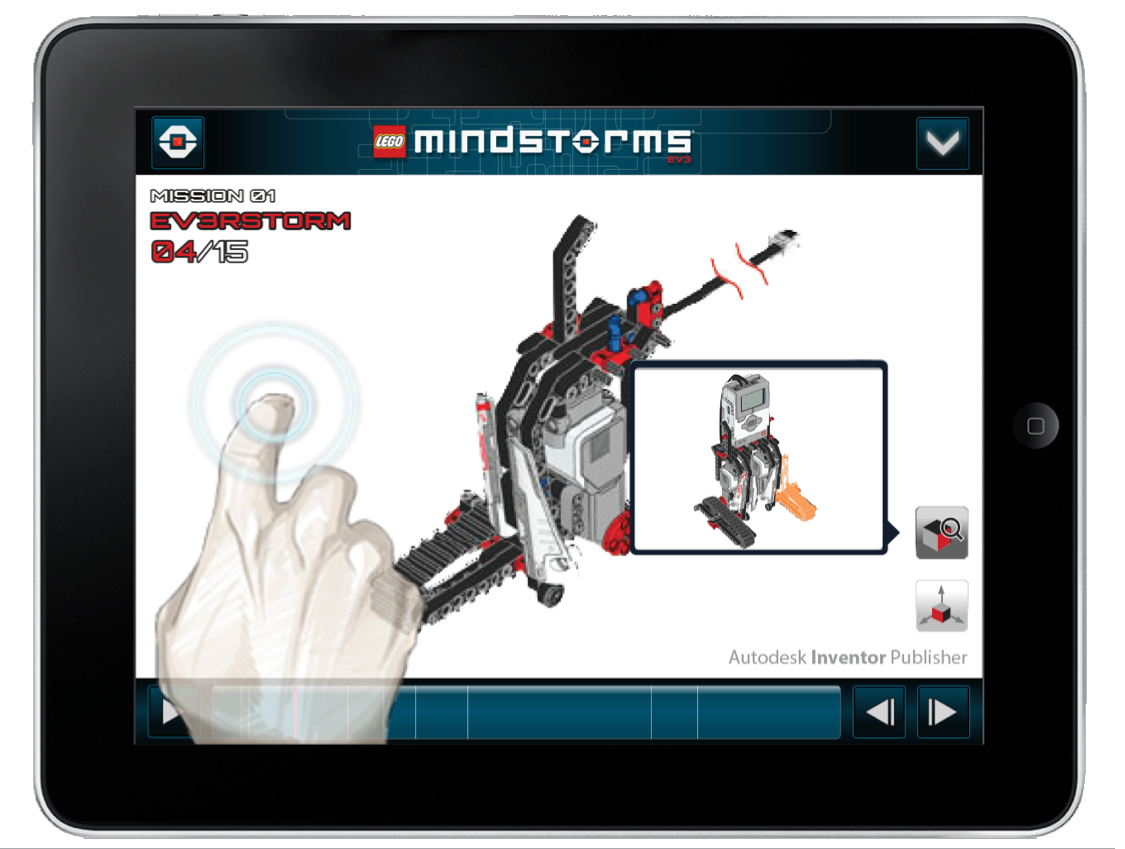
Sample of main build environment.
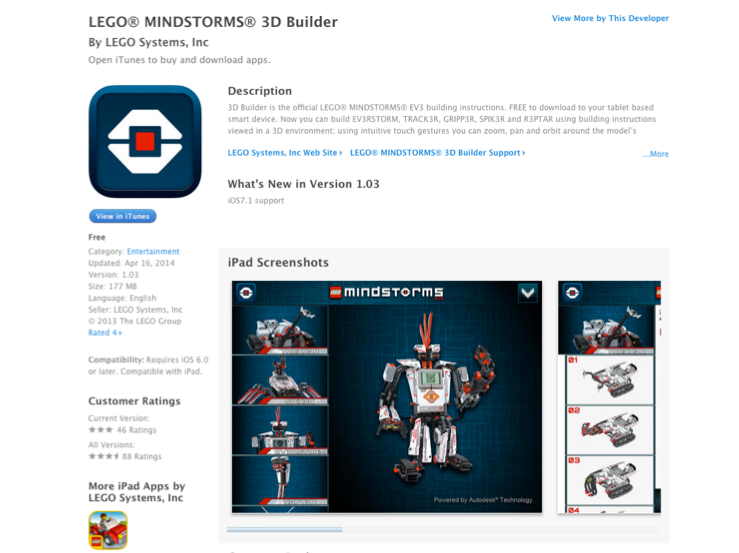
The application launch was a major success with widespread engagement from the Lego Mindstorm community. It is now frequently used as an educational tool in FIrst Robotics programs. To download a free copy visit the Apple or Android App store.